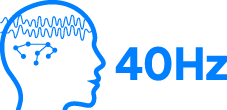Oops, This Page Could Not Be Found!
404
Helpful Links
Search Our Website
Can’t find what you need? Take a moment and do a search below!
Can’t find what you need? Take a moment and do a search below!
© 2025 Andreas K. Engel | Imprint | Data Protection | Contact

